The letter Я (uppercase) and я (lowercase) is a significant character in the Cyrillic alphabet, primarily used in various Slavic languages, including Russian, Ukrainian, Belarusian, and Bulgarian. It is the 33rd letter of the Russian alphabet and serves as a vowel pronounced as /ja/ in initial or post-vocalic positions. The pronunciation can vary depending on the preceding consonant, where it may sound like [æ] before a soft consonant or [a] before a hard consonant or none at all
Characteristics of the Letter Я
- Position in Alphabets :
- Russian: 33rd
- Ukrainian: 33rd
- Belarusian: 32nd
- Bulgarian: 30th
- Unicode Representation :
- Uppercase Я: U+042F
- Lowercase я: U+044F
- Historical Context :
- The letter Я evolved from the Old Cyrillic letter known as "little yus" (Ѧ) and is linked to earlier forms that represented nasal vowels. Its usage has been standardized over time, especially under Russian influence in the 19th century
Usage in Language
- Pronoun : In Russian, "я" also functions as the first-person singular pronoun meaning "I," which reflects its dual role in both phonetics and grammar
- Cultural Significance : The letter Я is often stylized in modern contexts, such as advertising and internet culture, where it may be used to replace the Latin letter R (e.g., "Яussia" for "Russia")
Summary
The letter Я is not only a fundamental part of the Cyrillic script but also carries cultural and linguistic significance across various Slavic languages. Its pronunciation and usage illustrate the complexities of Slavic phonetics and grammar.











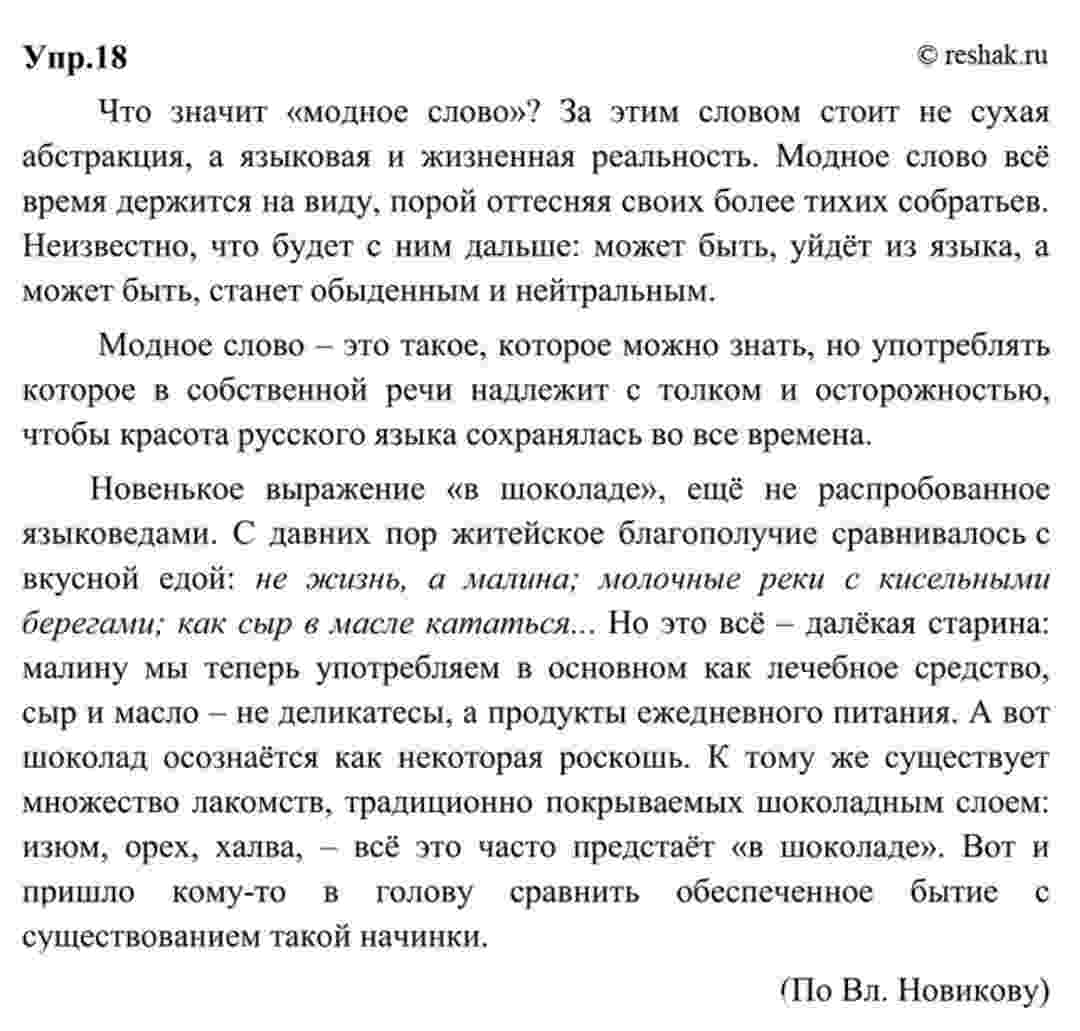


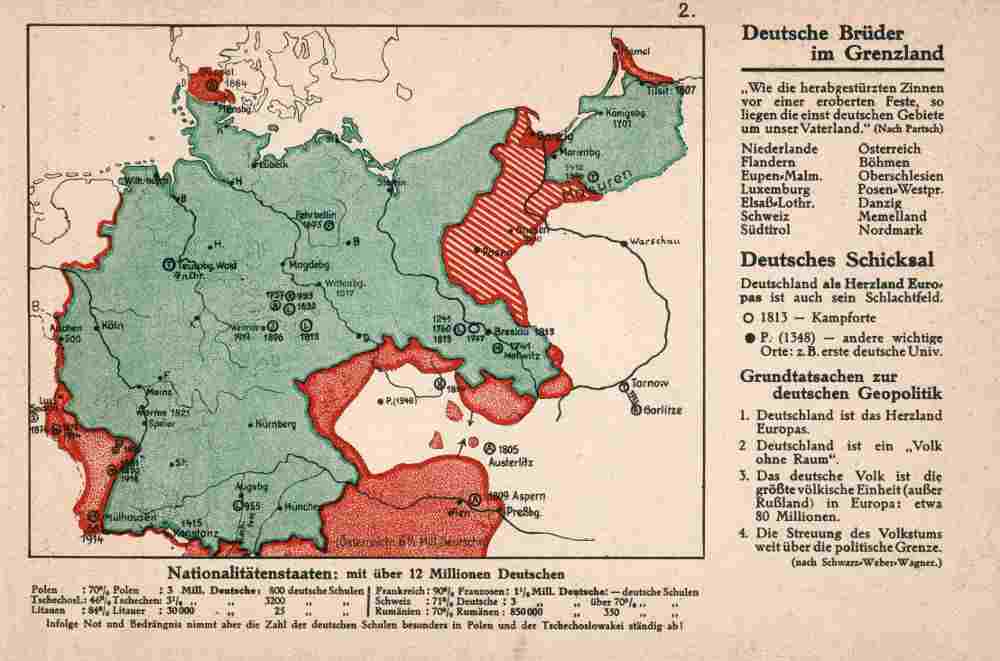
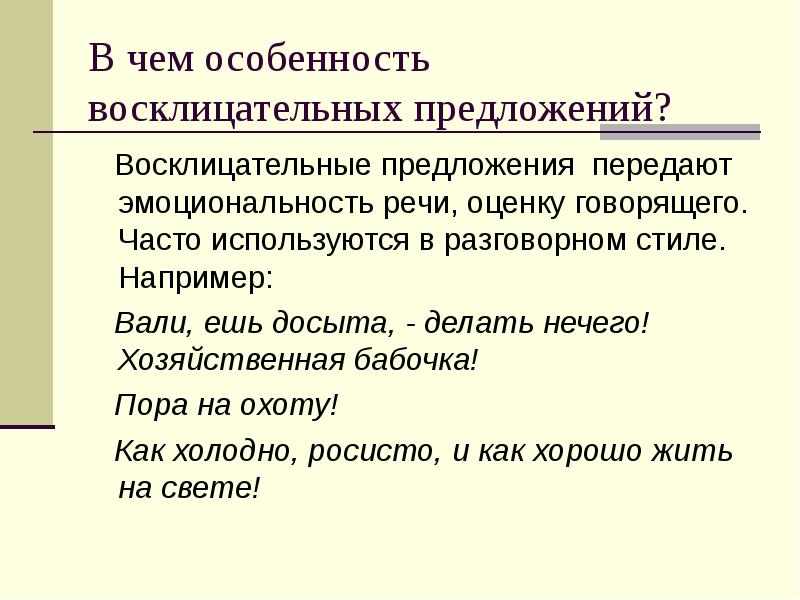










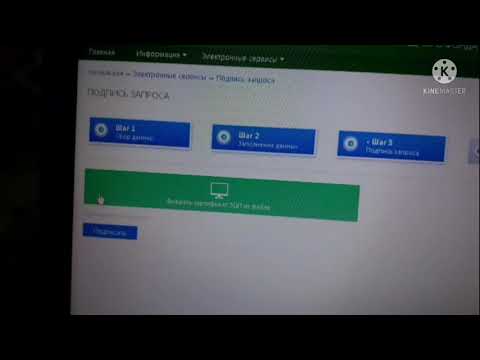

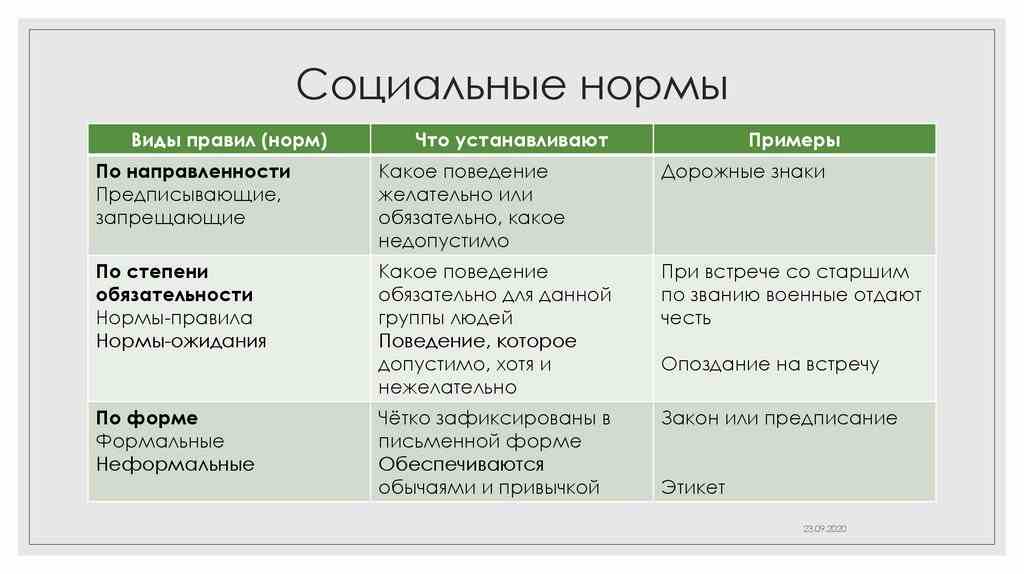











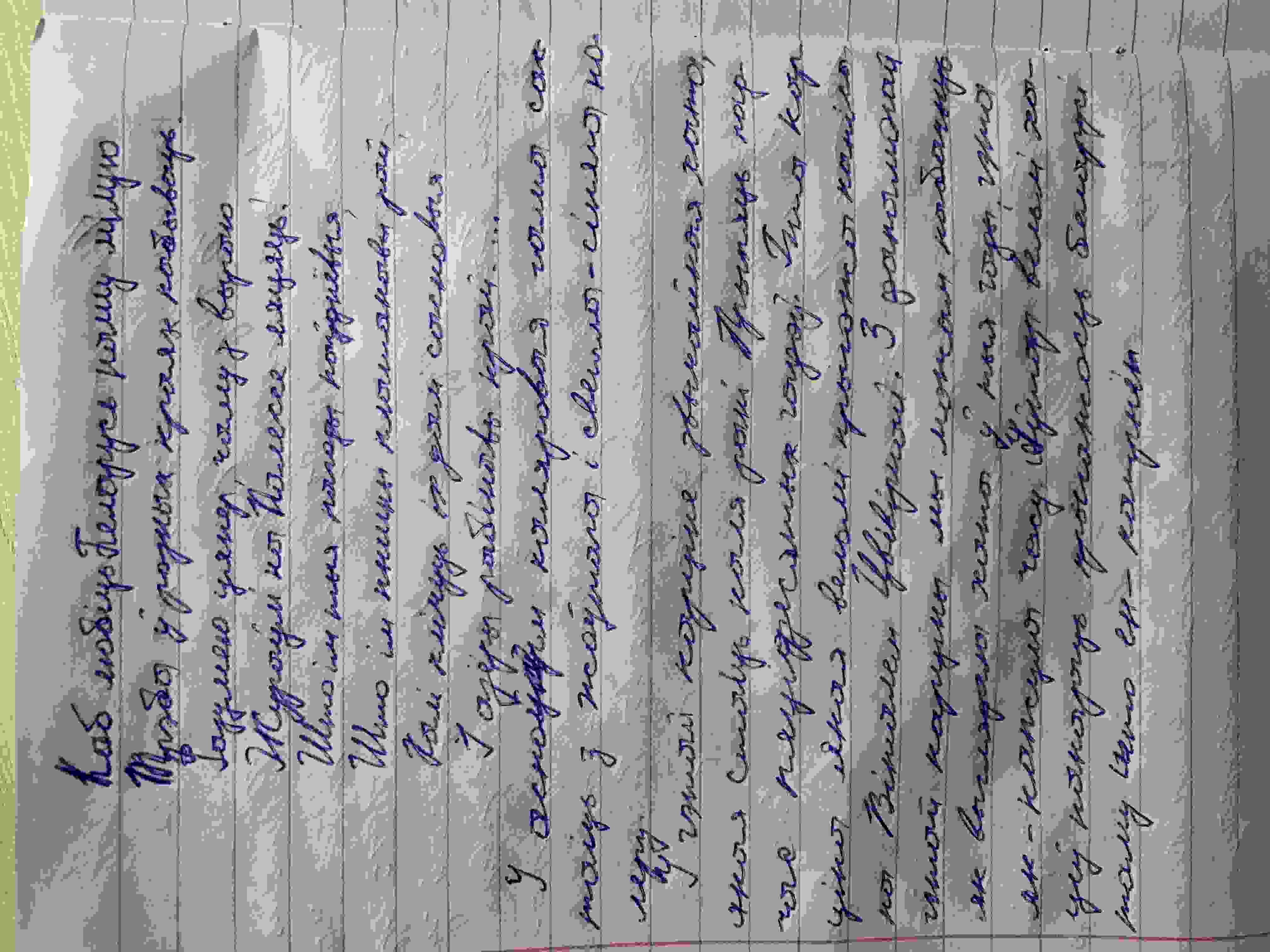














 English (US)
English (US)